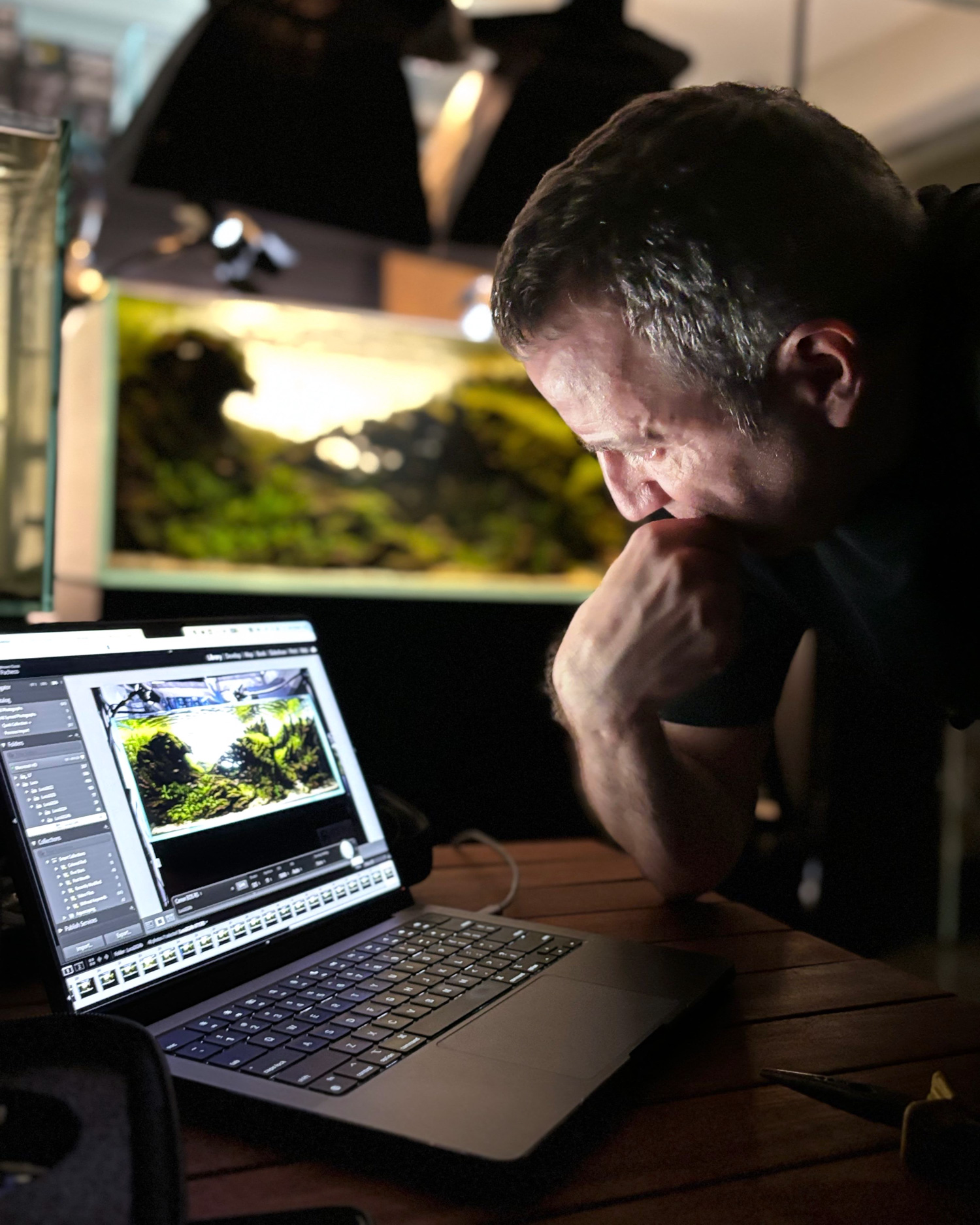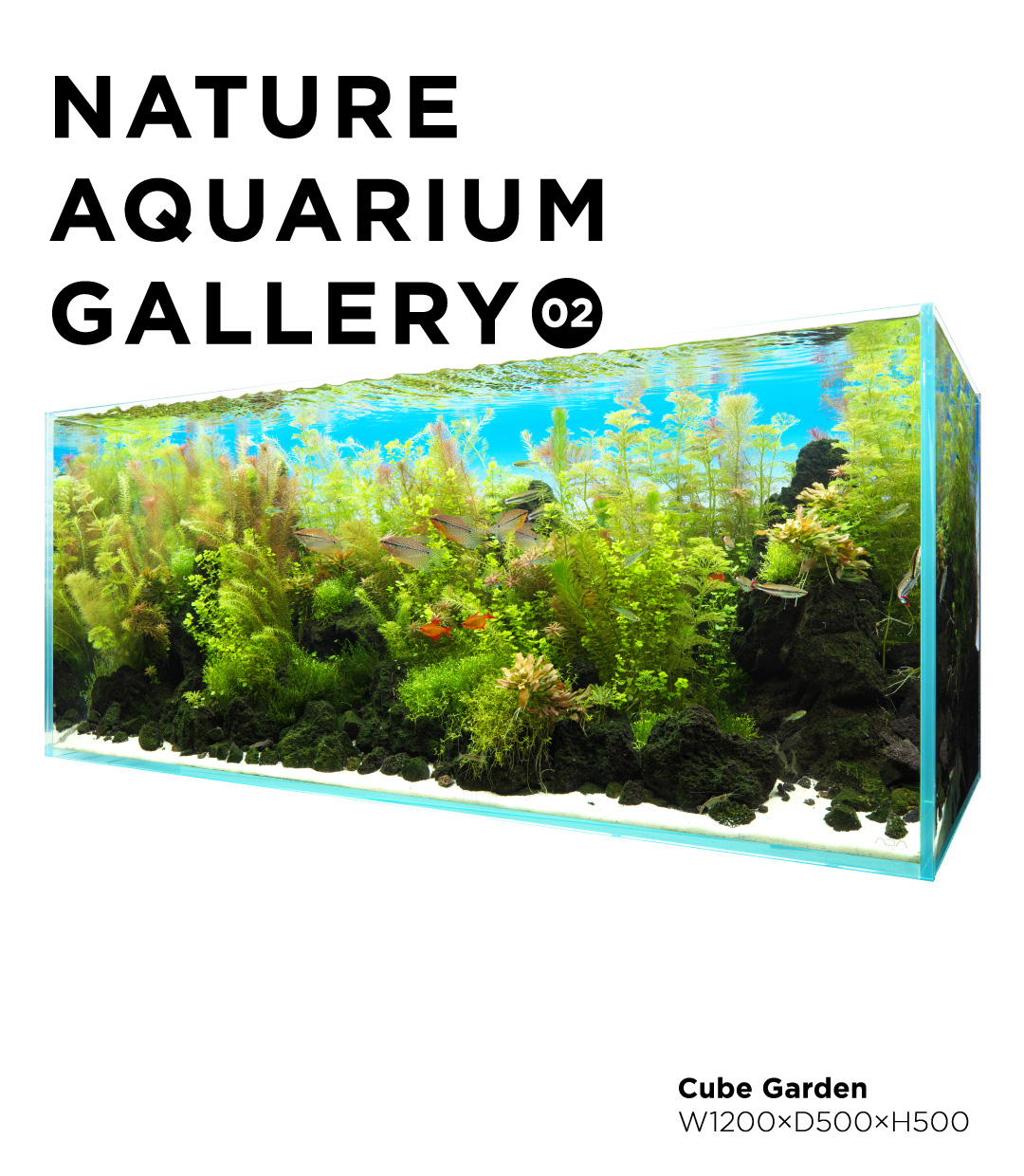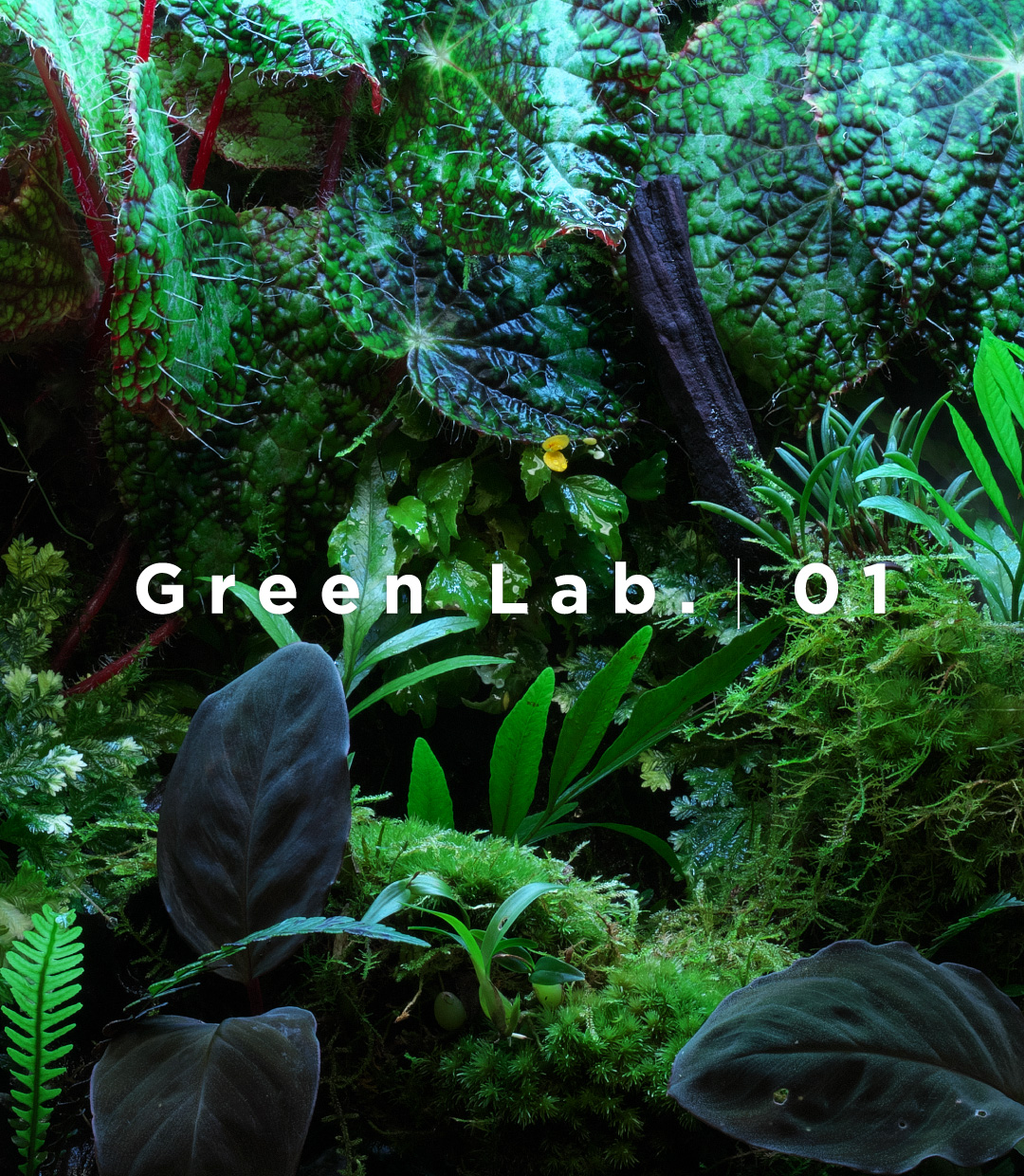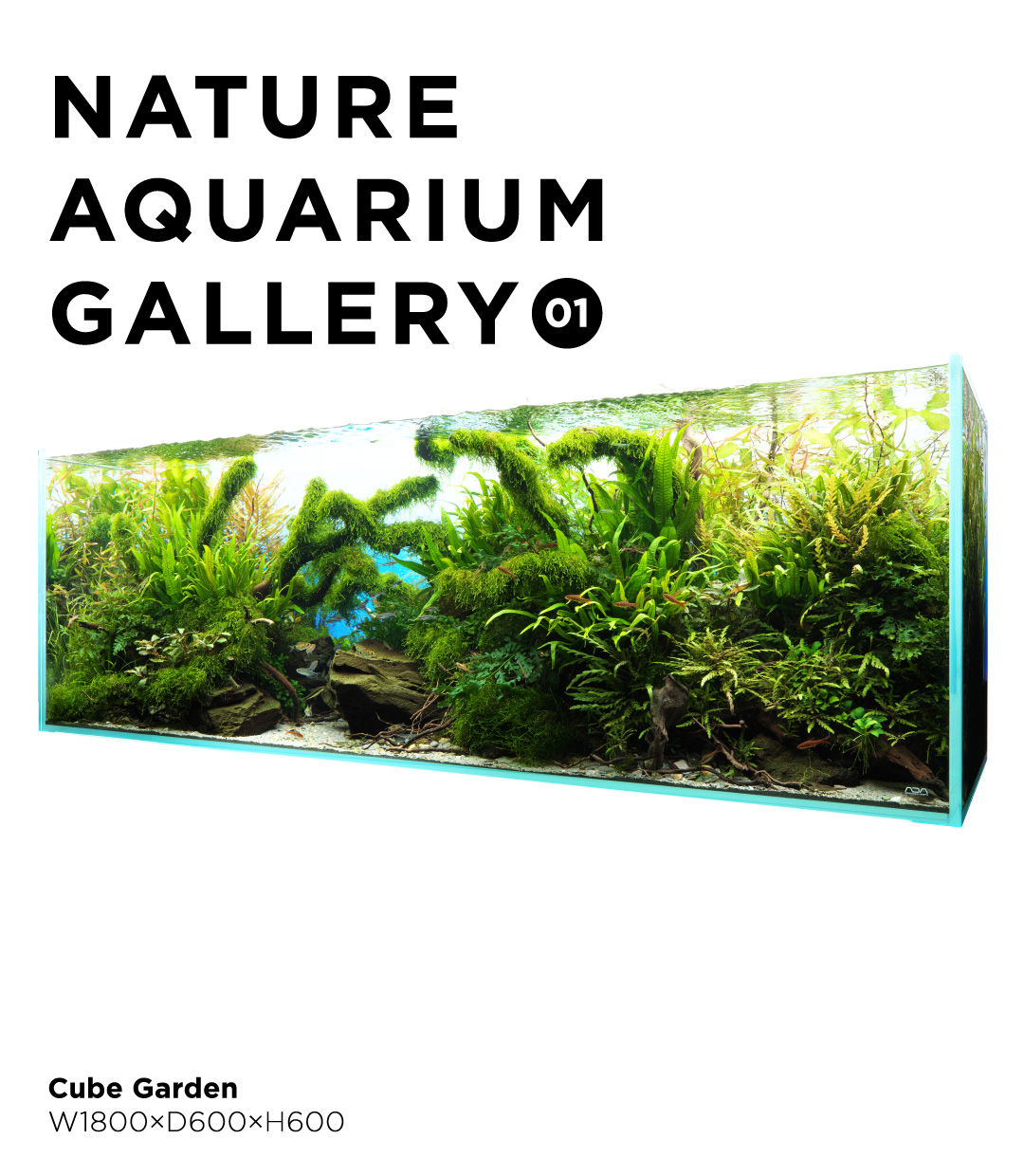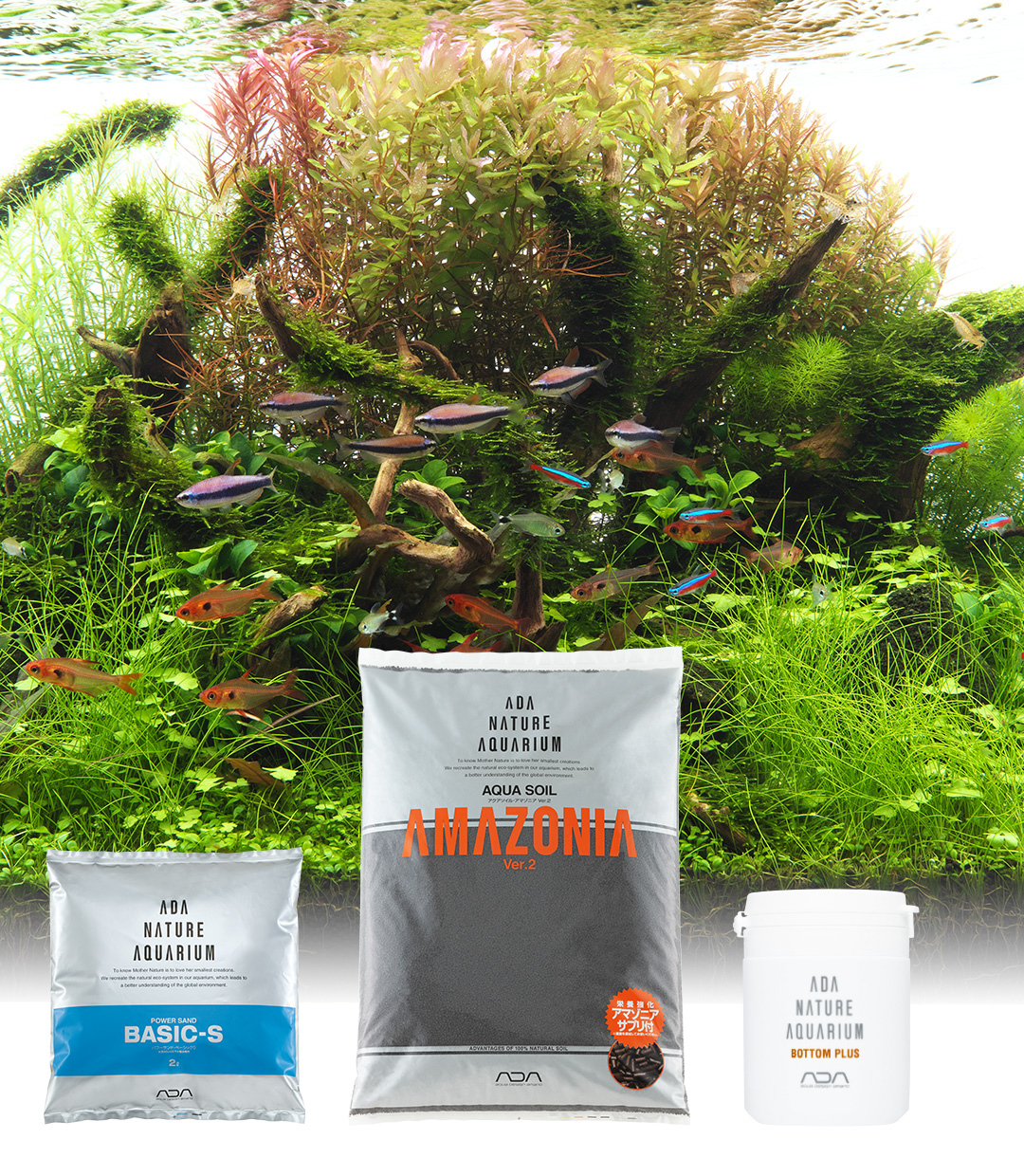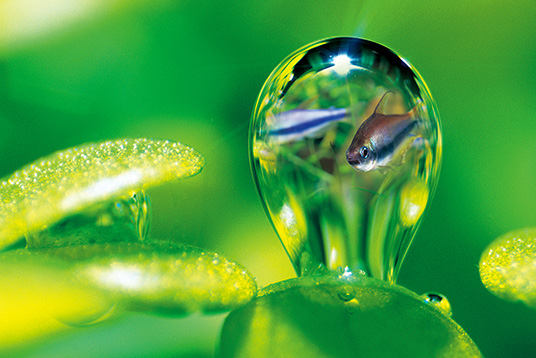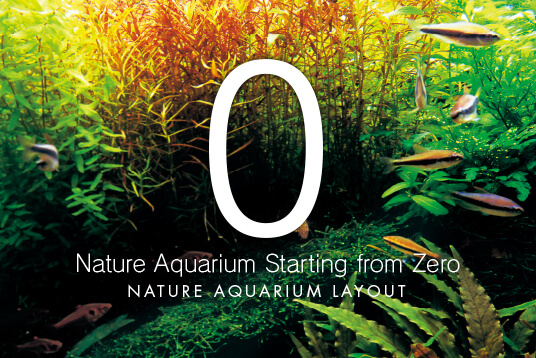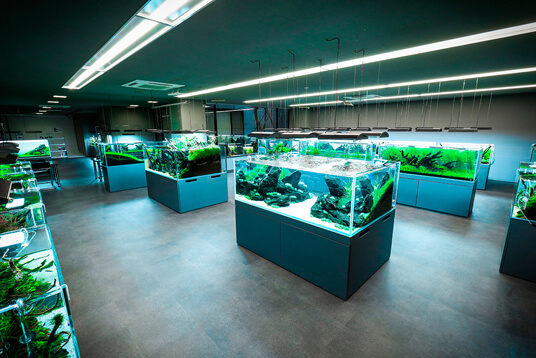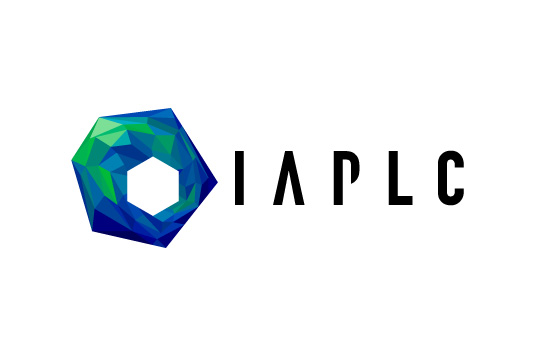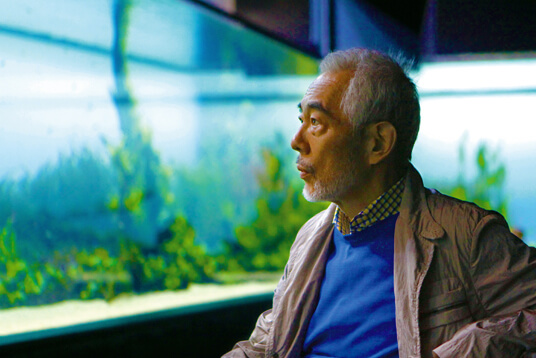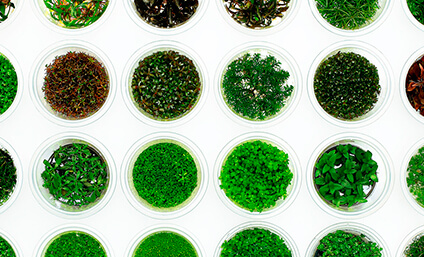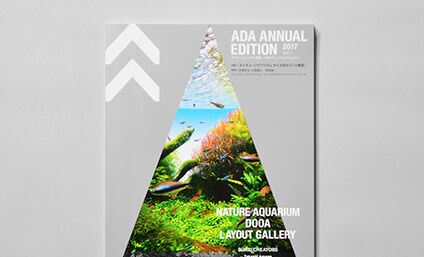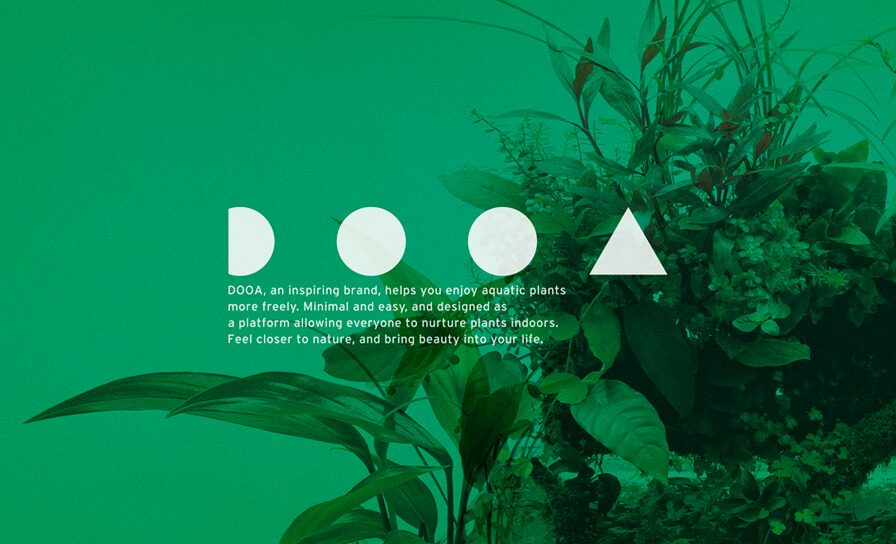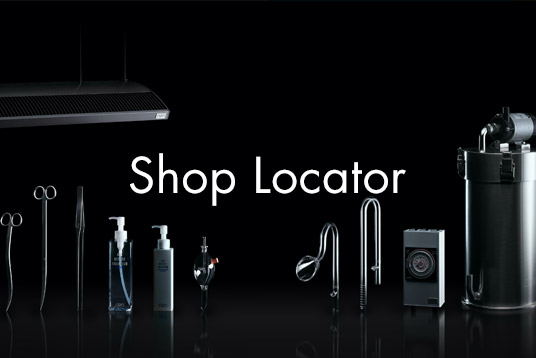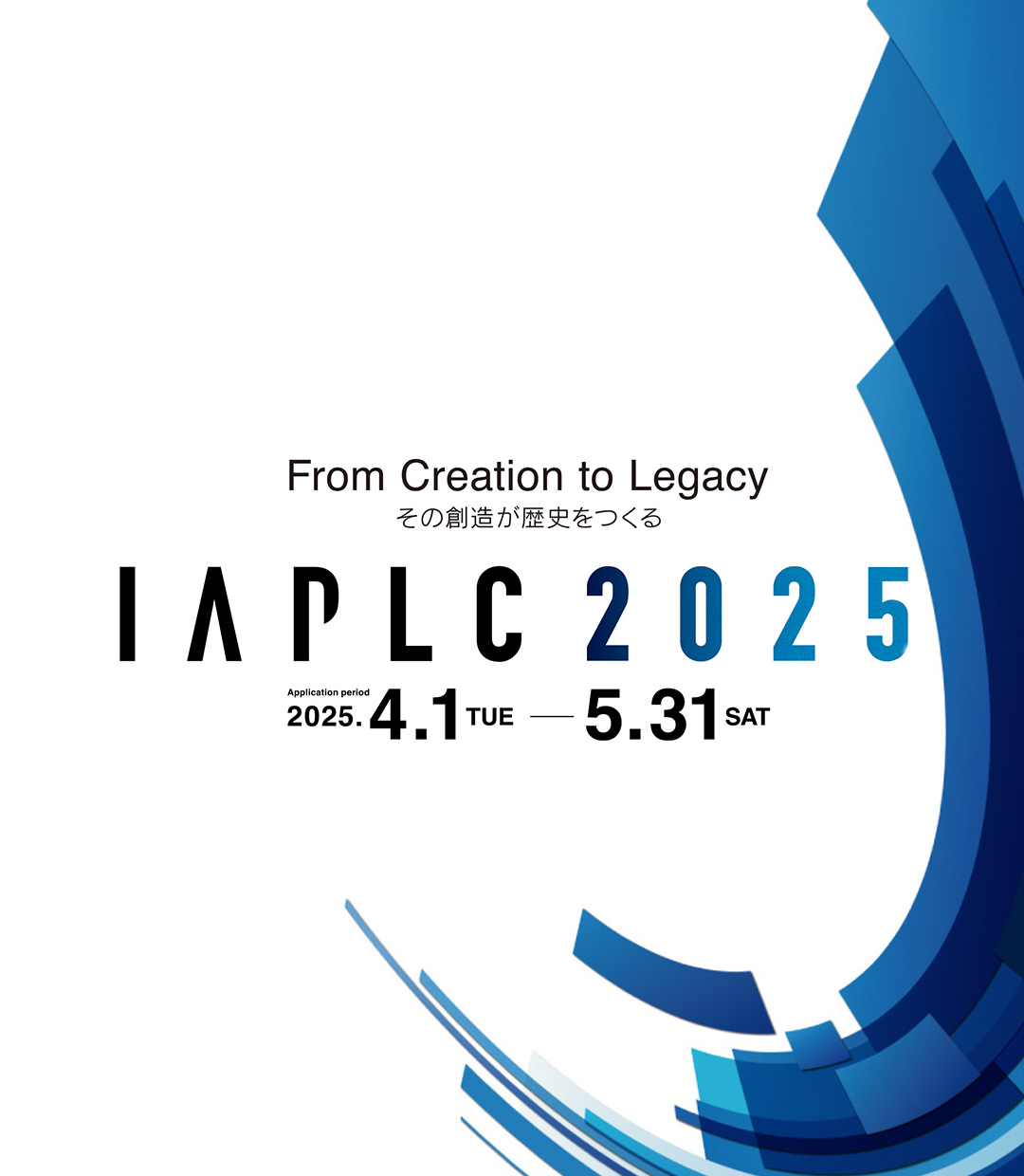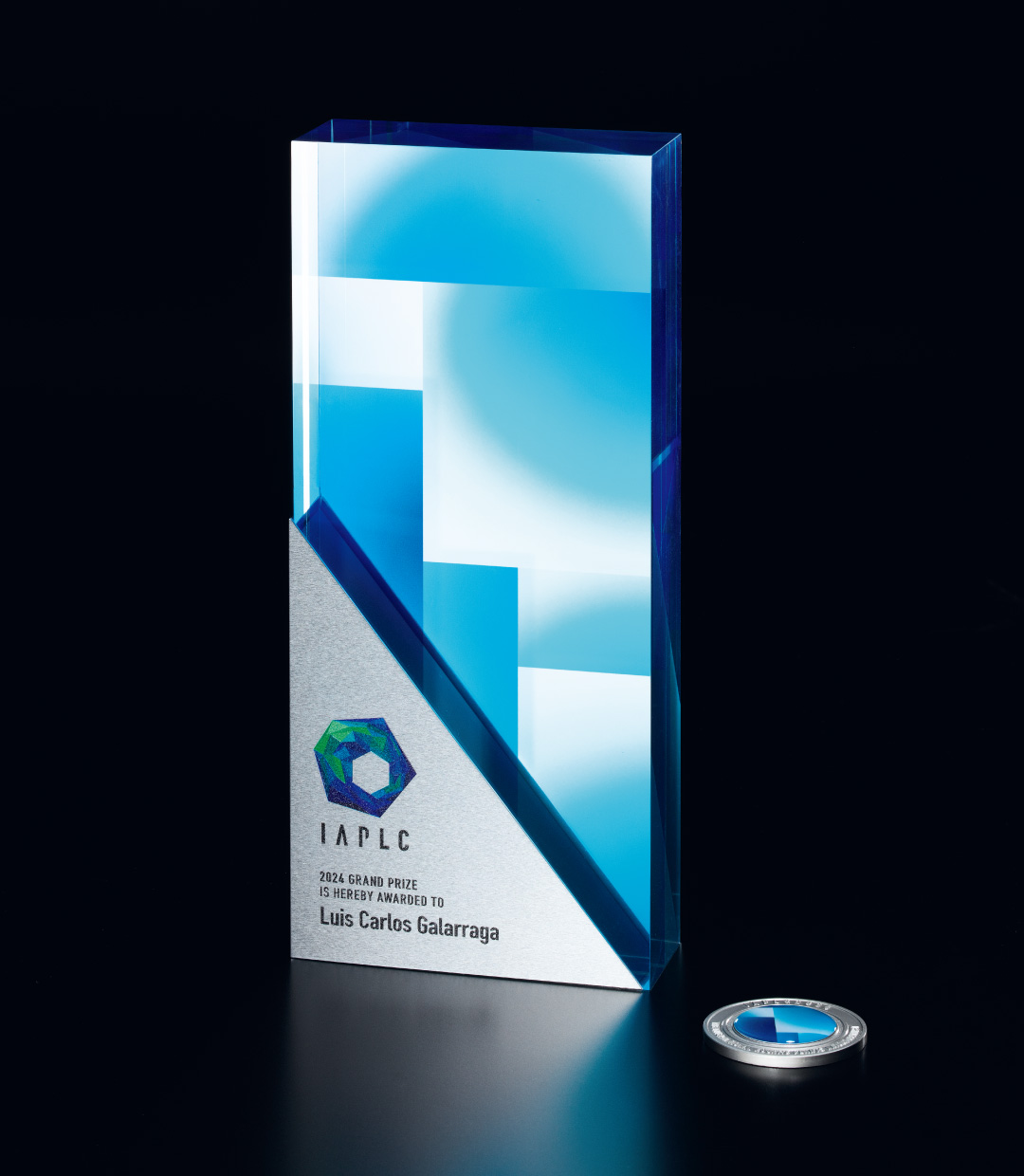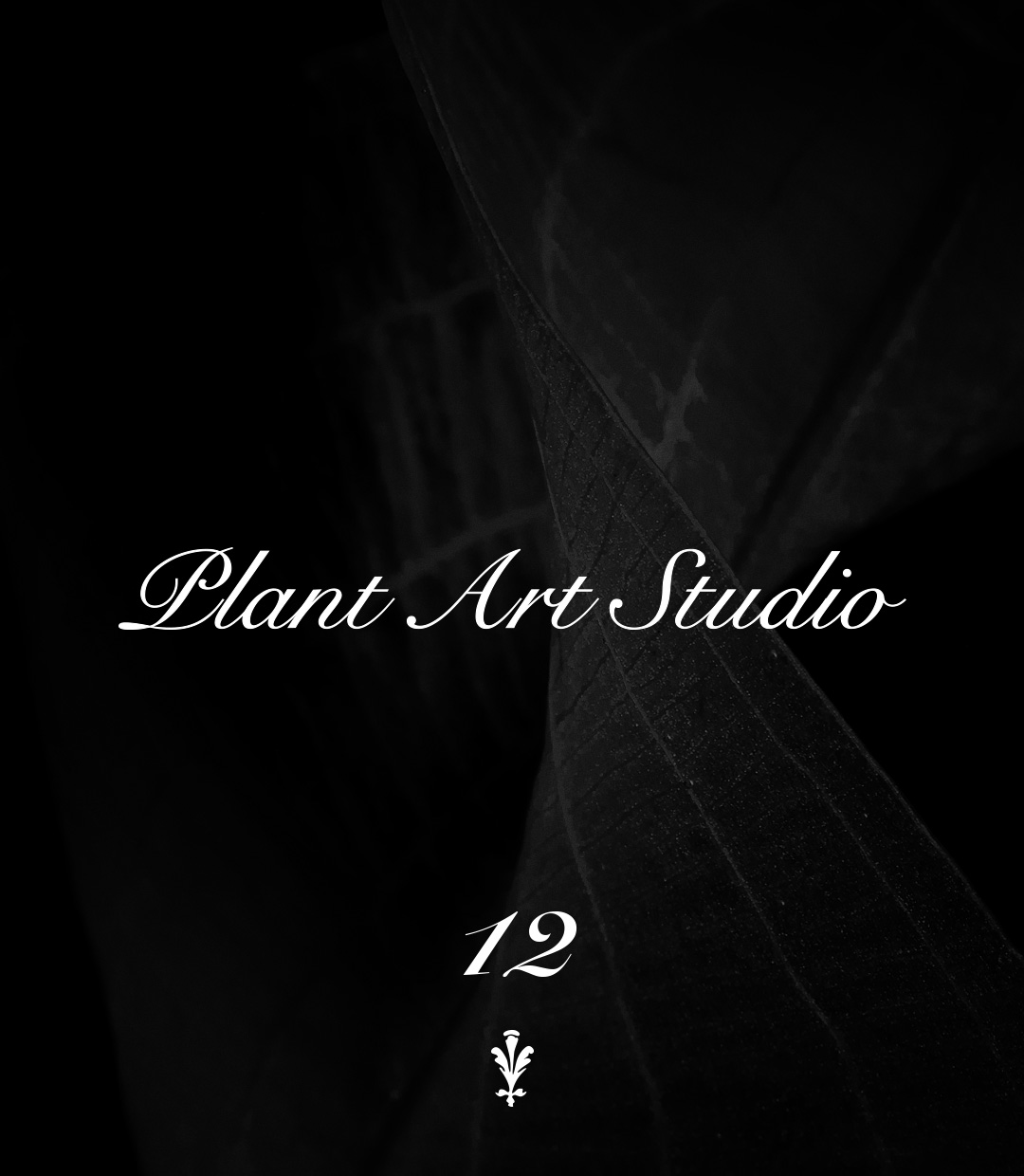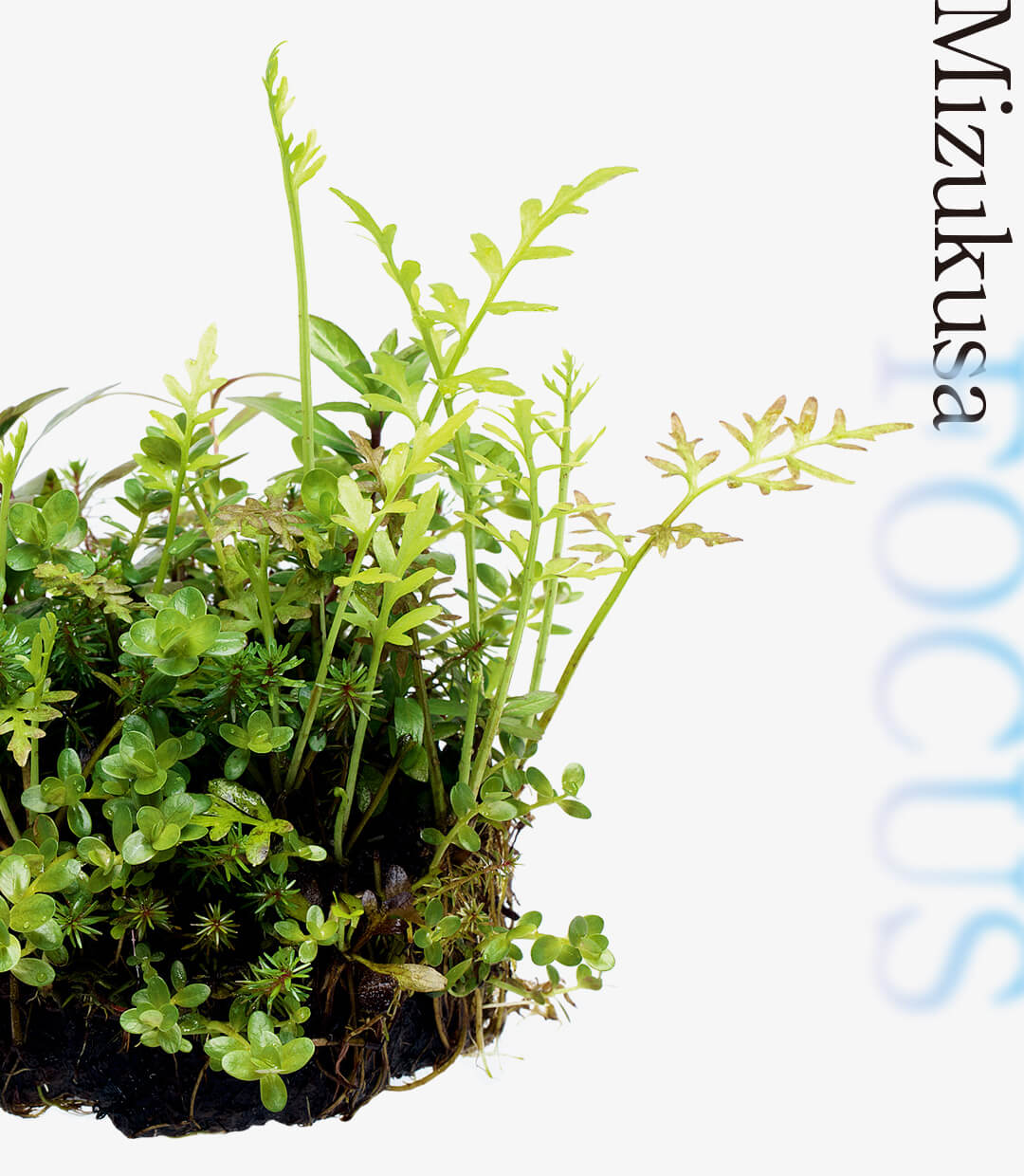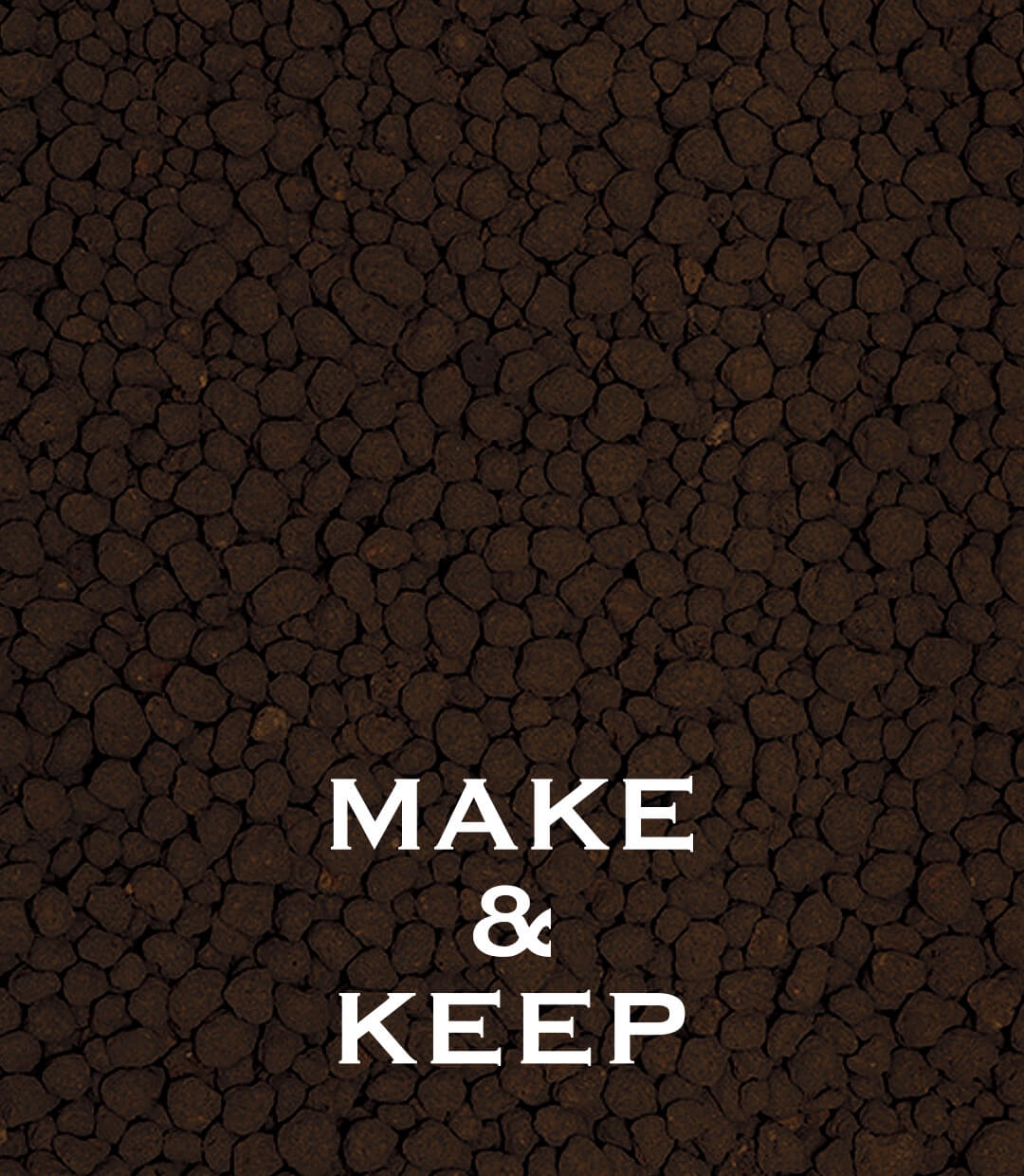IAPLC 2024.12.13
IAPLC 2024 GRAND PRIZE [ Great Wave ]
The use of driftwood to create the undulating waves is striking, and the unique approach, different from other works, can be said to have contributed to its success in the contest. The entire aquascape exudes a dynamic, energetic strength, yet the green of the aquatic plants helps to gently balance the intensity, showcasing a remarkable sense of equilibrium. This reflects the creator’s layout sensibility, which is also evident in the meticulous treatment of the four corners of the aquarium.
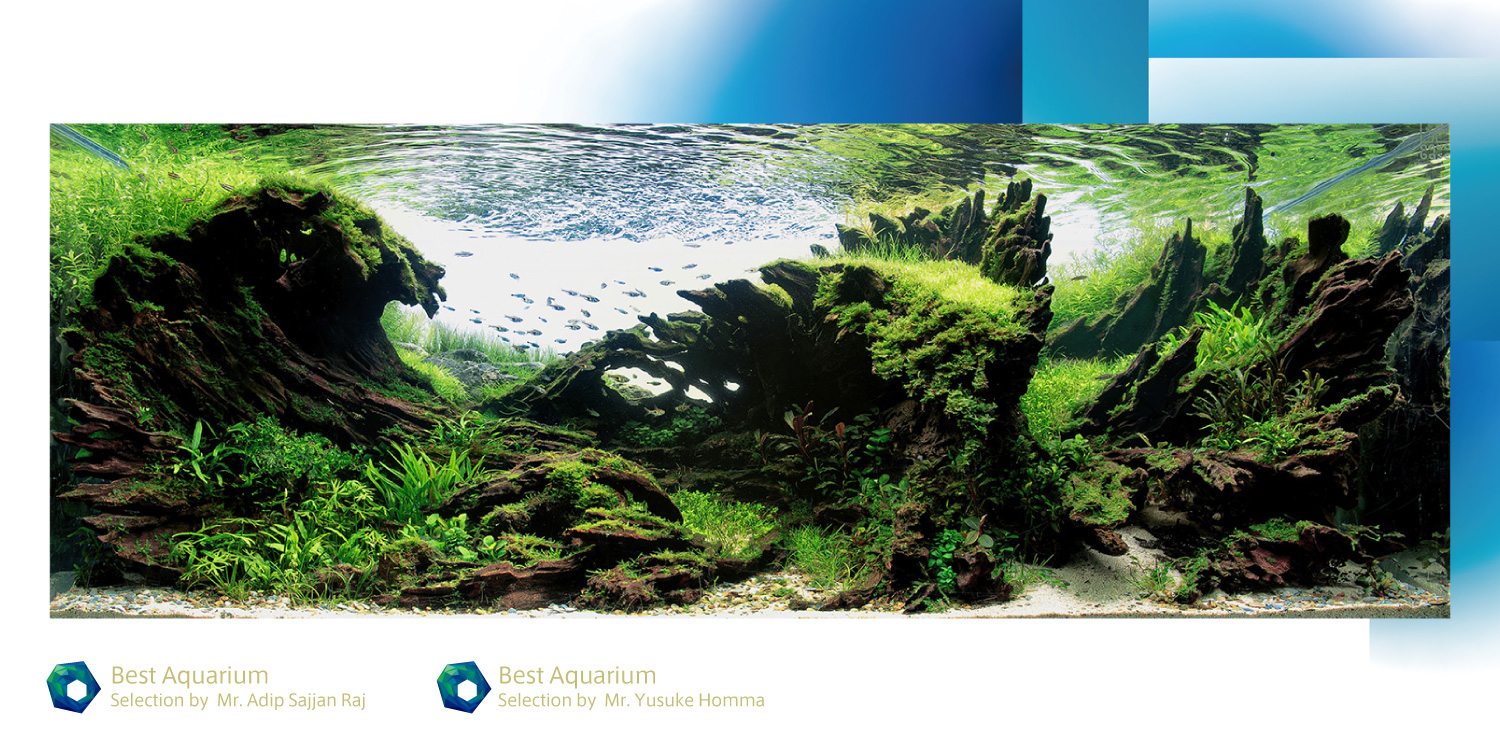
IAPLC 2024 GRAND PRIZE
Wold Ranking 1
Luis Carlos Galarraga
Brazil / W1,200 x D600 x H450 (mm)
[ Great Wave ]
Plants
Micranthemum tweediei
Glossostigma elatinoides
Littorella uniflora
Eleocharis ‘Minima’
Marsilea hirsuta
Ranunculus papulentus
Vesicularia montagnei
Riccardia chamedrifolia
Anubias sp. ‘Mini coin’
Anubias sp. ‘Pangolino’
Bolbitis sp. Mini
Leptochilus pteropus ‘Windelov’
Leptochilus sp. Mini
Cryptocoryne ‘Pigmaea’
Bucephalandra sp.
Utricularia graminifolia
Rotala sp. ‘green’
Rotala nanjean
Rotala sp. ‘Bangladesh’
Pogostemon erectus
Limnophila helferi
Fish
Hyphessobrycon elachys
Trigonostigma hengeli
Nannostomus marginatus
Danio erythromicron
Caridina japonica
Caridina pareparensis
Micranthemum tweediei
Glossostigma elatinoides
Littorella uniflora
Eleocharis ‘Minima’
Marsilea hirsuta
Ranunculus papulentus
Vesicularia montagnei
Riccardia chamedrifolia
Anubias sp. ‘Mini coin’
Anubias sp. ‘Pangolino’
Bolbitis sp. Mini
Leptochilus pteropus ‘Windelov’
Leptochilus sp. Mini
Cryptocoryne ‘Pigmaea’
Bucephalandra sp.
Utricularia graminifolia
Rotala sp. ‘green’
Rotala nanjean
Rotala sp. ‘Bangladesh’
Pogostemon erectus
Limnophila helferi
Fish
Hyphessobrycon elachys
Trigonostigma hengeli
Nannostomus marginatus
Danio erythromicron
Caridina japonica
Caridina pareparensis

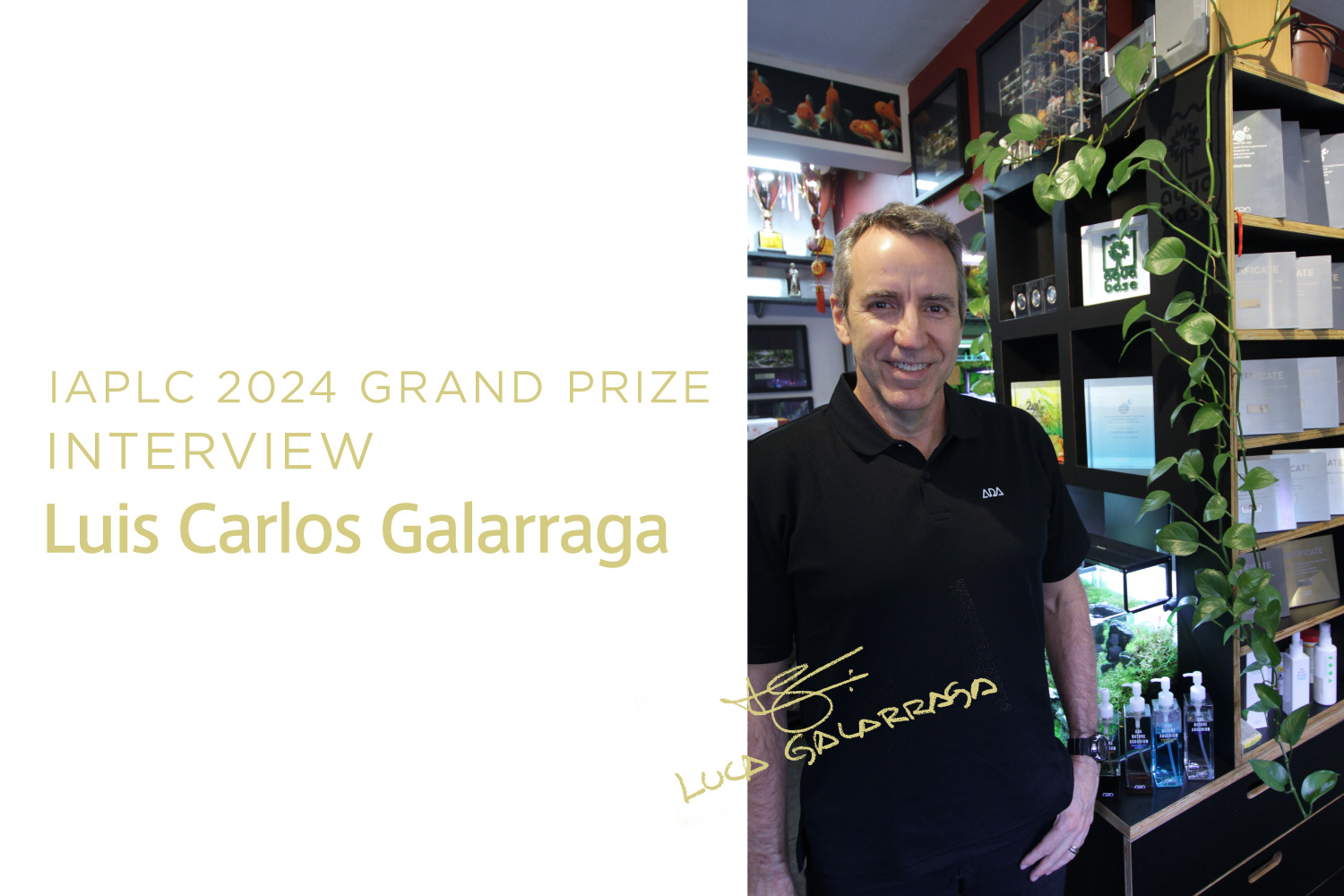
Profile
Age: 57 years old
Country: Brazil
Occupation: Architect and Aquashop owner
Aquarium experience: almost 50 years
Past awards:
IAPLC 2011: #18
IAPLC 2012: #18
IAPLC 2013: #20
IAPLC 2014: #43
IAPLC 2015: #10
IAPLC 2016: #50
IAPLC 2017: #04
IAPLC 2018: #31
IAPLC 2019: #33
IAPLC 2020: #07
IAPLC 2021: #29
IAPLC 2022: #19
IAPLC 2023: #39
Other hobbies: Scuba Diving
Age: 57 years old
Country: Brazil
Occupation: Architect and Aquashop owner
Aquarium experience: almost 50 years
Past awards:
IAPLC 2011: #18
IAPLC 2012: #18
IAPLC 2013: #20
IAPLC 2014: #43
IAPLC 2015: #10
IAPLC 2016: #50
IAPLC 2017: #04
IAPLC 2018: #31
IAPLC 2019: #33
IAPLC 2020: #07
IAPLC 2021: #29
IAPLC 2022: #19
IAPLC 2023: #39
Other hobbies: Scuba Diving
“Aquascaping is my great passion, it is the force that motivates me to keep working.”
Q. Please share your thoughts on IAPLC2024 and your feelings after winning the award.
This year I knew I had done a great job, with a good chance of achieving a prominent position. For the first time, I started with an idea and went in search of the best material to execute the work. My team, the Aquabase Layout Team, encouraged me, recognizing it as the work with the greatest impact of my entire career. So, the expectations were very high on that August 31st. At the beginning of the broadcast, my nervousness was noticeable. When the ranking 51 was announced, I thought, the first objective (to be in the top 50 for another year) had been accomplished. The top 27 arrived, and I was already Honor Prize. When the ranking 8 was announced, I started to think about the possibility of my aquarium not being among the top 100, the tension was felt in the air. My heart was beating fast in my chest, and when I finally saw my work being announced at the highest place on the podium, I fell to my knees, crying convulsively. My biggest dream had just come true!
Q. What was the concept or intention behind the creation of this work?
This work has a very curious beginning. In the early hours of November 8th 2023, I woke up and started thinking about an idea for my next work for the IAPLC 2024. Some images of waves, full of movement, began to form in my mind. It was only 2 a.m. in the morning and I couldn’t go back to sleep. I got up, went to the kitchen and started to draw the idea I had just had. At 4 a.m. in the morning I left home and went to Aquabase. There I made some coffee and started looking for materials to conceive my idea. I realized that I would need to buy many small pieces of wood to be able to give shape to this work. I can’t explain what happened that night, but I consider it as a good omen and put all my energy into carrying it out.
Q. Your work evokes Hokusai Katsushika’s “The Great Wave off Kanagawa.” If that was an inspiration, what led to that choice?
The Great Wave off Kanagawa is a wonderful painting, which I had admired countless times. But this work was not inspired by it (at least not consciously). I tried to follow my idea from that night. The shape of the great wave was one of the last structures added to the work, and after a few days I realized how much it had become similar to the famous Japanese painting!
Q. The driftwood has a unique shape. How did you arrange it?
To create the wave shapes, I had to work by gluing small pieces of wood together. The type of wood I chose is called “Dragon Wood” in Brazil, because it is very similar to “Dragon Stone”. I estimate that I must have used between 80 and 100 pieces of wood in this work, and I must have bought more than 300 pieces to choose the most suitable ones for the job. To this day, I have a large stock of “Dragon Wood” pieces for sale in my store!
This year I knew I had done a great job, with a good chance of achieving a prominent position. For the first time, I started with an idea and went in search of the best material to execute the work. My team, the Aquabase Layout Team, encouraged me, recognizing it as the work with the greatest impact of my entire career. So, the expectations were very high on that August 31st. At the beginning of the broadcast, my nervousness was noticeable. When the ranking 51 was announced, I thought, the first objective (to be in the top 50 for another year) had been accomplished. The top 27 arrived, and I was already Honor Prize. When the ranking 8 was announced, I started to think about the possibility of my aquarium not being among the top 100, the tension was felt in the air. My heart was beating fast in my chest, and when I finally saw my work being announced at the highest place on the podium, I fell to my knees, crying convulsively. My biggest dream had just come true!
Q. What was the concept or intention behind the creation of this work?
This work has a very curious beginning. In the early hours of November 8th 2023, I woke up and started thinking about an idea for my next work for the IAPLC 2024. Some images of waves, full of movement, began to form in my mind. It was only 2 a.m. in the morning and I couldn’t go back to sleep. I got up, went to the kitchen and started to draw the idea I had just had. At 4 a.m. in the morning I left home and went to Aquabase. There I made some coffee and started looking for materials to conceive my idea. I realized that I would need to buy many small pieces of wood to be able to give shape to this work. I can’t explain what happened that night, but I consider it as a good omen and put all my energy into carrying it out.
Q. Your work evokes Hokusai Katsushika’s “The Great Wave off Kanagawa.” If that was an inspiration, what led to that choice?
The Great Wave off Kanagawa is a wonderful painting, which I had admired countless times. But this work was not inspired by it (at least not consciously). I tried to follow my idea from that night. The shape of the great wave was one of the last structures added to the work, and after a few days I realized how much it had become similar to the famous Japanese painting!
Q. The driftwood has a unique shape. How did you arrange it?
To create the wave shapes, I had to work by gluing small pieces of wood together. The type of wood I chose is called “Dragon Wood” in Brazil, because it is very similar to “Dragon Stone”. I estimate that I must have used between 80 and 100 pieces of wood in this work, and I must have bought more than 300 pieces to choose the most suitable ones for the job. To this day, I have a large stock of “Dragon Wood” pieces for sale in my store!

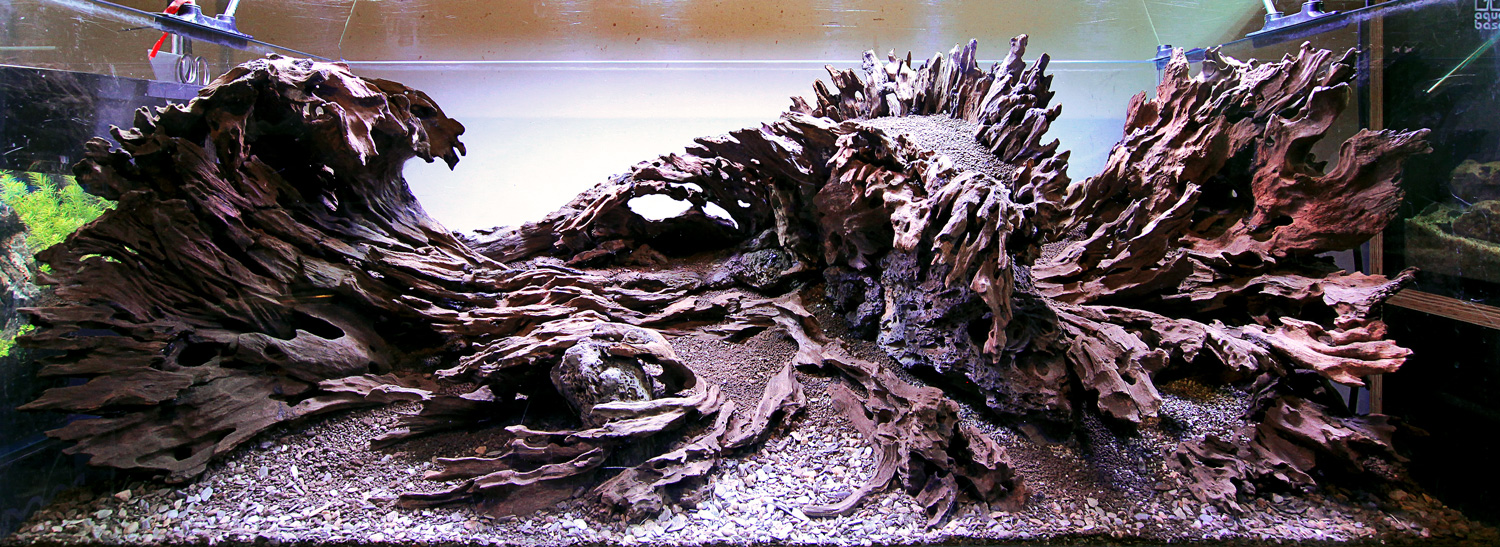
The framework was assembled using around 80〜100 pieces of driftwood selected from more than 300.
Q. What were the challenges you faced?
There were many challenges: gluing the pieces together was a lot of work. Everything had to be done very carefully, as there could be no breakages after the aquarium was filled with water and planted. I was also concerned about the deadline, as I wanted to show a mature work, where mosses and slow-growing plants would be well developed, at full maturity. Fortunately, the aquarium evolved perfectly, thanks to the ADA fertilizer system, I had no algae and I didn’t need to brush the wood during the development of the aquarium!
Q. Please share some key points about the planting.
One of the key points of the planting was the Dry-Start system where the mosses Riccardia chamedrifolia and Christmas Moss were spread over the surfaces of the wood and kept at controlled humidity for 21 days until they were fixed. At this stage, the planting of Utricularia graminifolia was carried out, creating a “hanging garden” on the crest of the central wave, which I consider one of the strong points of this work. Another point that deserves to be highlighted was the use of practically 100% in-vitro plants.
Q. You have submitted exceptional work every year, and this year you won first place. What motivates you to continue participating in IAPLC?
Aquascaping is my great passion, it is the force that motivates me to keep working. Winning the IAPLC has always been a big and distant dream. But I believe that this work is the result of all the other works added together. Each year is a lesson learned. I consider my participation as victorious in the IAPLC since 2011, not by chance, right after my first trip to Japan in 2010. Year after year I remained among the top 50. And finally, this year my biggest dream came true!
Q9. How are your current activities at Aqua Base progressing?
Aquabase has been my work for 21 years. I believe that today we are in our best phase, we have a vast portfolio of clients who consider us consultants and not salespeople, we have trained hundreds of students in our workshops, and we continue to spread the Nature Aquarium, learned directly from the late sensei Takashi Amano, throughout Brazil and the world!
There were many challenges: gluing the pieces together was a lot of work. Everything had to be done very carefully, as there could be no breakages after the aquarium was filled with water and planted. I was also concerned about the deadline, as I wanted to show a mature work, where mosses and slow-growing plants would be well developed, at full maturity. Fortunately, the aquarium evolved perfectly, thanks to the ADA fertilizer system, I had no algae and I didn’t need to brush the wood during the development of the aquarium!
Q. Please share some key points about the planting.
One of the key points of the planting was the Dry-Start system where the mosses Riccardia chamedrifolia and Christmas Moss were spread over the surfaces of the wood and kept at controlled humidity for 21 days until they were fixed. At this stage, the planting of Utricularia graminifolia was carried out, creating a “hanging garden” on the crest of the central wave, which I consider one of the strong points of this work. Another point that deserves to be highlighted was the use of practically 100% in-vitro plants.
Q. You have submitted exceptional work every year, and this year you won first place. What motivates you to continue participating in IAPLC?
Aquascaping is my great passion, it is the force that motivates me to keep working. Winning the IAPLC has always been a big and distant dream. But I believe that this work is the result of all the other works added together. Each year is a lesson learned. I consider my participation as victorious in the IAPLC since 2011, not by chance, right after my first trip to Japan in 2010. Year after year I remained among the top 50. And finally, this year my biggest dream came true!
Q9. How are your current activities at Aqua Base progressing?
Aquabase has been my work for 21 years. I believe that today we are in our best phase, we have a vast portfolio of clients who consider us consultants and not salespeople, we have trained hundreds of students in our workshops, and we continue to spread the Nature Aquarium, learned directly from the late sensei Takashi Amano, throughout Brazil and the world!
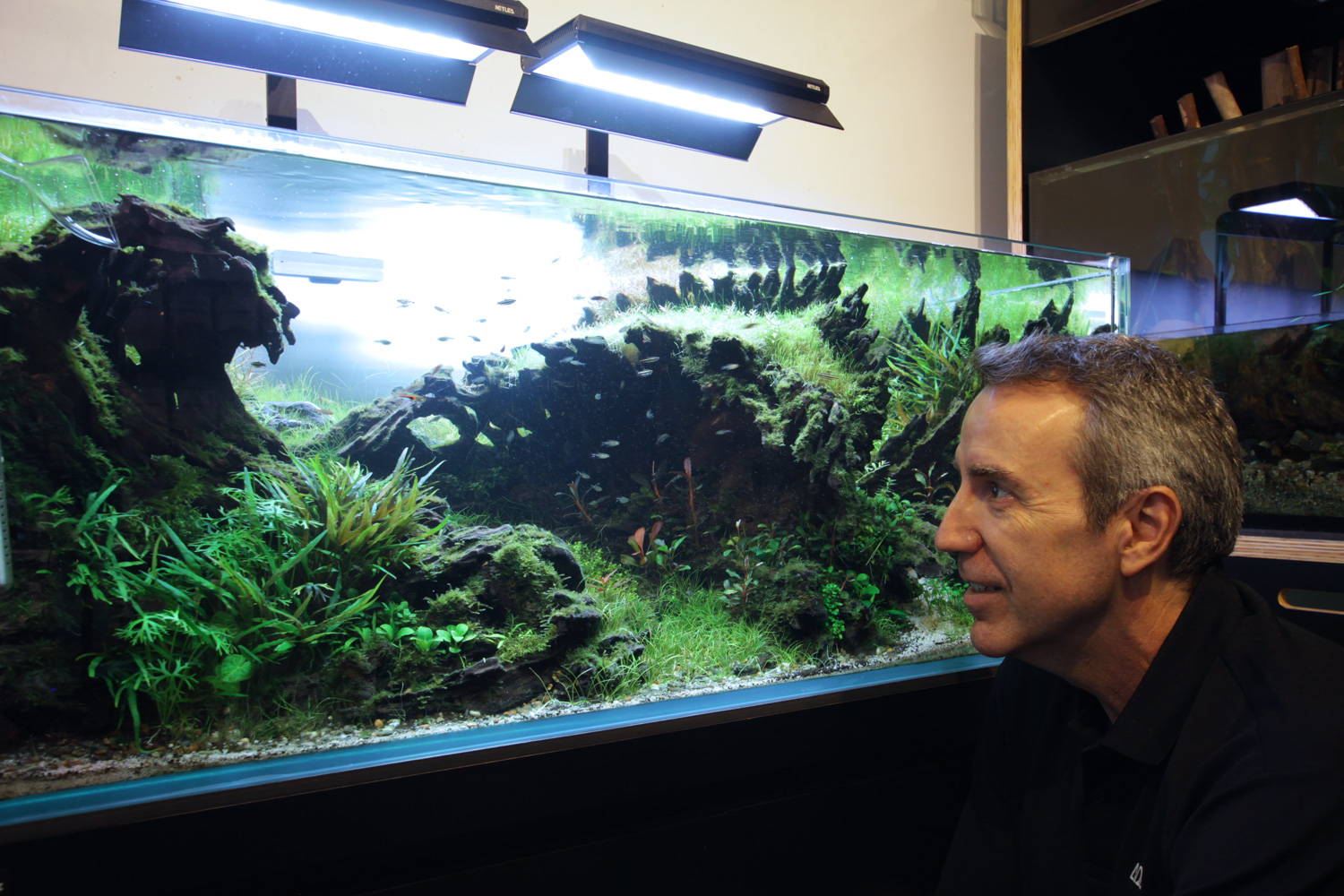
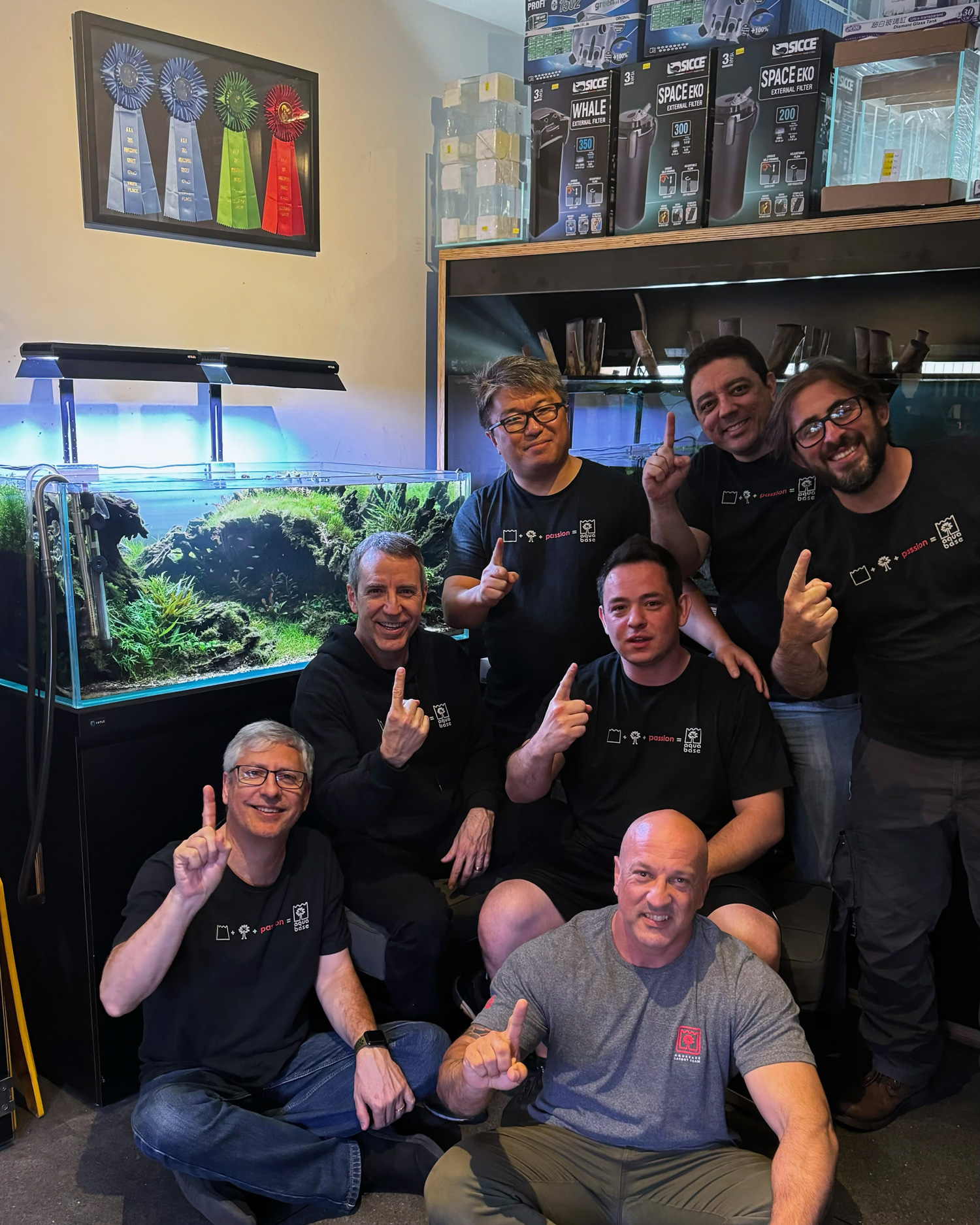
Q. Please share your future outlook on creating works.
I think that as long as I am healthy, I will continue to create aquariums for the IAPLC. I confess that from now on I will not have the same pressure for results, and perhaps this will be positive for my future work!
Q. What does IAPLC mean to you?
The IAPLC has always been, is, and will always be the most important and prestigious aquascaping contest in the world. Takashi Amano changed my life with his work. I consider myself his direct disciple and will always be loyal to him and to the wonderful contest that he created!
I think that as long as I am healthy, I will continue to create aquariums for the IAPLC. I confess that from now on I will not have the same pressure for results, and perhaps this will be positive for my future work!
Q. What does IAPLC mean to you?
The IAPLC has always been, is, and will always be the most important and prestigious aquascaping contest in the world. Takashi Amano changed my life with his work. I consider myself his direct disciple and will always be loyal to him and to the wonderful contest that he created!
